Nutrition Myths Malaysians Believe About Cat Food (And What Science Says)
Share
As cat parents, we all want the best for our furkids. But with so much advice floating around in WhatsApp groups, pet shops, or even TikTok, it’s easy to confuse myths with facts. Some of these myths have been passed down for years in Malaysia — “kucing boleh makan apa saja,” or “dry food will clean their teeth.”
The truth? Some of these beliefs can actually harm your cat’s health in the long run. Let’s break down the most common myths Malaysian cat owners believe and see what science actually says.
Myth 1: Dry Food Cleans Teeth
The belief: Crunchy kibble scrapes away plaque.
The reality: While it sounds logical, most dry food does little to prevent tartar buildup. Dental health depends on proper brushing, dental treats designed for cleaning, and regular vet checkups — not just kibble.
👉 Question for you: When was the last time you checked your cat’s teeth and gums?
Myth 2: Grain-Free Is Always Healthier
The belief: Cats are carnivores, so all grains are harmful.
The reality: Not all cats are allergic to grains. A balanced diet is about quality protein and complete nutrients, not just “grain-free” labels. Many grain-free foods still contain high amounts of carbs, just from other sources like potatoes or peas.
👉 Tip: Always read the label carefully — and don’t just rely on the marketing buzzwords.
Myth 3: Homemade or Raw Diets Are Automatically Better
The belief: Fresh food is healthier, just like for humans.
The reality: Unless formulated with expert knowledge, homemade diets often miss critical nutrients like taurine, calcium, and vitamins. Raw meat also carries bacteria risks (like Salmonella or E. coli) that cats can spread in the home.
👉 Question for you: Have you ever measured the calcium or taurine content of a home-cooked meal for your cat? Most owners don’t — which is where the risk lies.
Myth 4: Cats Know How Much to Eat
The belief: Cats will stop eating when they’re full.
The reality: Many indoor cats overeat, especially if food is left out all day. Boredom or stress can lead them to snack too much, causing obesity, diabetes, and joint issues.
👉 Tip: Portion control matters. Weigh your cat’s food and stick to feeding schedules.
Myth 5: Cats Need Milk as a Treat
The belief: Cats love milk, so it must be good for them.
The reality: Most adult cats are lactose-intolerant. Drinking cow’s milk can lead to diarrhea, bloating, and stomach upset.
👉 Tip: If you want to spoil your cat, choose cat-safe milk or just stick with fresh water.
So, What’s the Science-Based Approach?
-
Cats are obligate carnivores — they must get nutrients like taurine from animal sources.
-
Balanced diets matter more than trendy labels.
-
Portion control and hydration are as important as the type of food.
-
Monitor your cat’s coat, weight, and energy — they are real indicators of whether the diet is working.
Myths spread quickly — from neighbours, relatives, or viral posts. But when it comes to your cat’s nutrition, facts matter more than hearsay.
The next time someone says, “Cats can eat anything” or “Milk is good for them”, you’ll know better. Because your furkid deserves care that’s based on science, not just old myths.
✨ Question for you: Which of these myths have you believed before? Maybe it’s time to update how you feed your cat.


